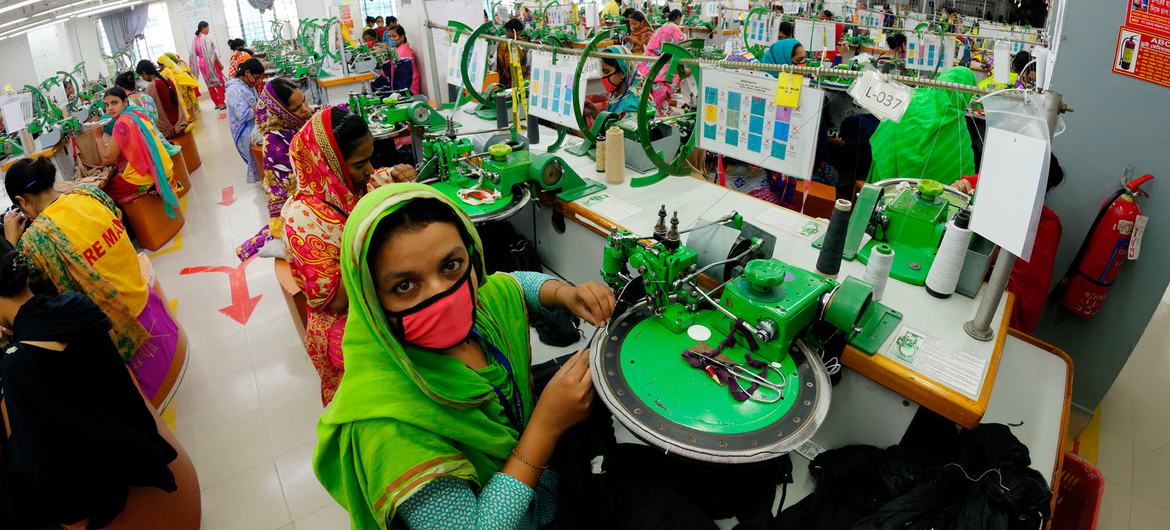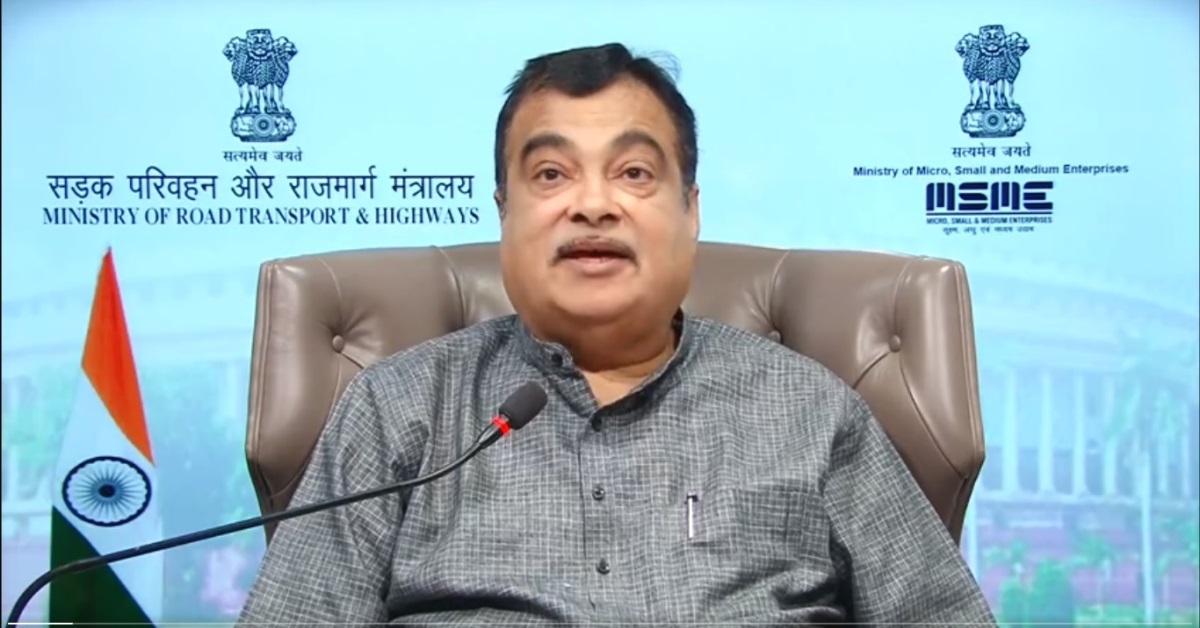The finance minister’s cup of woes is further overflowing with negative news on the petroleum front

The first step to solve a problem is the recognition that the problem exists. Unless the problem is acknowledged it is impossible to even look for a solution. This is what dogs Union Finance Minister Nirmala Sitharaman’s approach towards the economic crisis that is threatening take a stranglehold on the country.
In her much-fancied series of announcements, seeking to revive demand in the economy, her first focus seems to be to present a rosy side. She has even cited statistics to claim that things are not that bad. But the hard fact is that the improvements that she claims hardly touch the surface of the problem.
Despite the slew of measures announced so far, the ground situation remains as murky as ever. It is widely accepted that the stimulus packages, if those measures can be described so, have failed to instill confidence as demand continues to struggle. Her measures so far are no more than sophistry.
For, her announcement of a shopping festival on the lines of the Dubai Shopping Festival to boost demand is simply laughable. It shows her complete lack of understanding both about Dubai Shopping Festival and the problems with demand slump. DSF is a highly successful marketing tool, which works in clock-like precision with Dubai’s giant machinery for the promotion of the emirate as one of the most sought-after tourism and travel destinations in the world. Even its world-beating Emirates airlines is a key spoke in its marketing apparatus.
Emirates performs the task of connecting Dubai to the new corners of the world and bringing people to Dubai, while it makes all its money from the poorly-served Indian sector, which finances its high-profile marketing initiatives in the rest of the world. Dubai Shopping Festival’s role is to create the hype for this.
But it is not hype that India needs. It requires hard core stimulus efforts that will help improve consumer confidence and step up credit flow across sectors. It is no wonder, therefore, that the so-called stimulus package for the automobile industry has failed to make any impact on the fortunes of the sector. Barring the homilies, nothing has changed on the ground, with customers continuing to stay away from the automobile market. The finance minister blaming the preference by millennials for taxi aggregators like Uber and Ola for the woes of the automobile industry has only evoked ridicule.
Similarly, the real estate sector, the finance minister’s second focus area, has shown the thumbs down to her announcements, which have not progressed beyond feeble gestures. The apex real estate group Credai has expressed its disappointment over Nirmala Sitharaman’s measures as, according to them, these have failed to address key demands such as a tax rebate and lower interests for home-buyers and developers. They have dismissed the move for the fund to help completion of stalled real estate projects as of limited impact as it excludes projects that face insolvency proceedings or are in the danger of becoming non-performing assets.
In fact, Nirmala Sitharaman’s performance so far has drawn toxic comments from all around. Former commerce minister Anand Sharma’s comments are less than flattering. “Ministers can’t be flippant about a grave national crisis. They are wasting their energies either in denying the crisis — which we had warned against over the past two years, after the demonetisation — or making non-serious statements. That the government is clueless is not an ordinary problem,” the former UPA minister has been quoted as saying.
The finance minister’s cup of woes is further overflowing with negative news on the petroleum front. The attack on Saudi Arabia’s Aramco oil refinery has the potential to unsettle the apple carts of not only the oil kingdom but oil consumers across the world, particularly in India. A fuel price increase is the last thing that the Indian economy can deal with at the current juncture.
Oil analysts say that the damage to the important refinery is much more serious than originally thought and it could be months before normalcy is restored there. The longer the processing facility remains disrupted, the larger the potential impact on actual crude flows will be.
The drone attack on the world’s largest oil processing facility forced Aramco to shut in 5.7 million barrels per day (bpd) of crude production, which equates to 7 percent of the current global crude and condensate production.
“In a scenario where the damages result in a longer duration of the 5.7 million barrels per day production shut-in, say for 10 days or more, the situation for Saudi Arabian crude flows to the market will be critical”, said independent oil consultancy Rystad Energy said in a review.
Although it said that the global flow of crude oil will not be disrupted immediately, “the longer the processing facility remains disrupted, the larger the potential impact on actual crude flows will be”.





